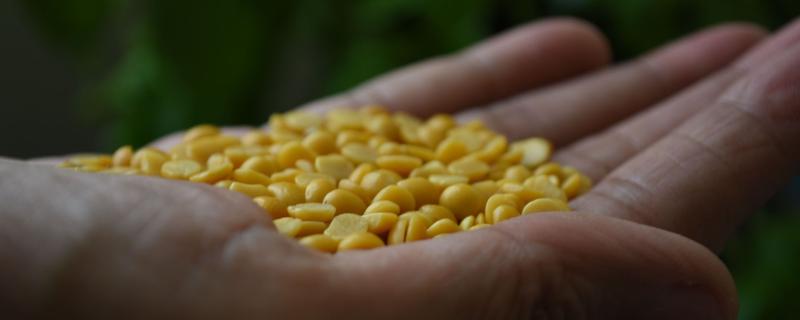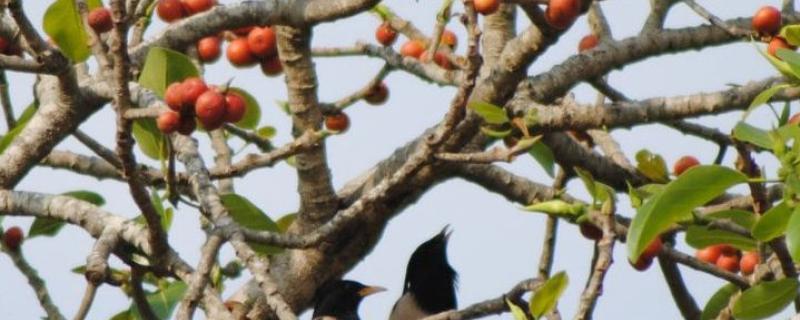Researchers from the CSIR- Institute of Himalayan Bioresource Technology, Palampur, Himachal Pradesh have discovered the presence of a novel cryptic virus tentatively called the Arhar cryptic virus-1 in Pigeonpea plants from pigeonpea field in Telangana state.
आयआयटी मुंबईद्वारे विकसित नवीन डीप-लर्निंग फ्रेमवर्क SpADANet (स्पाडानेट) मर्यादित लेबल्स वापरूनही अनेक चक्रीवादळांमधील संरचनात्मक नुकसान अधिक अचूकपणे वर्गीकृत करू शकते.
Mumbai/








